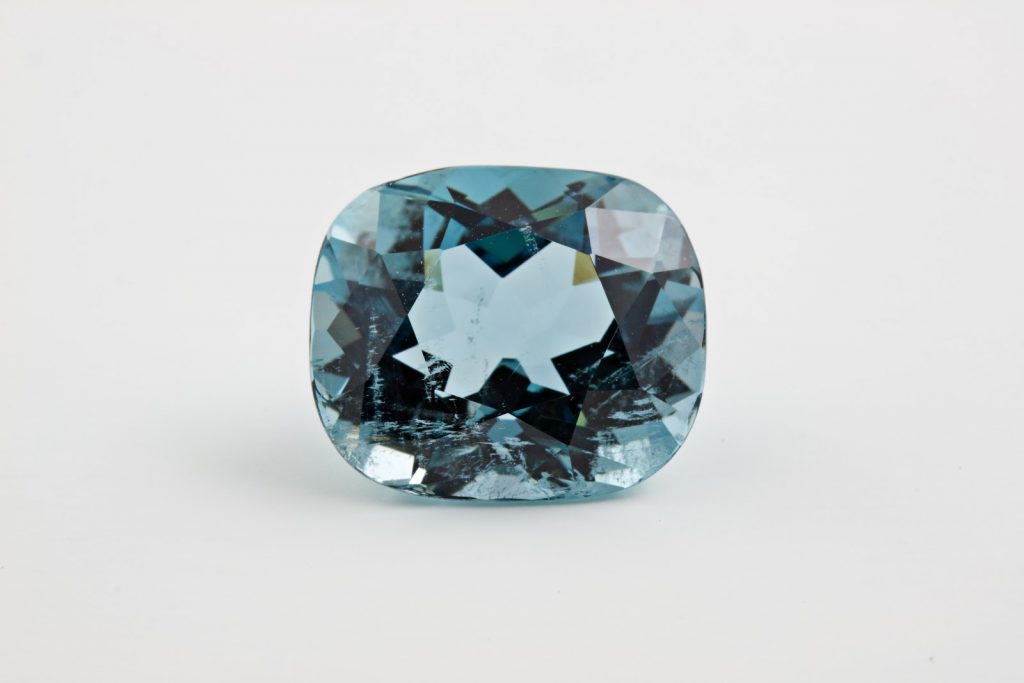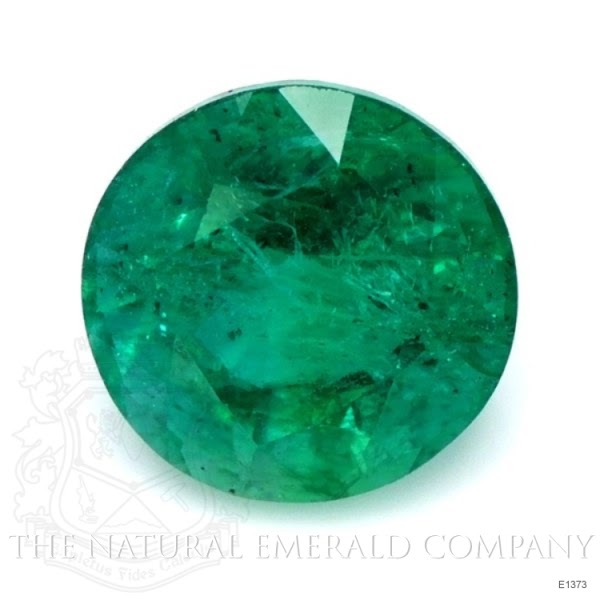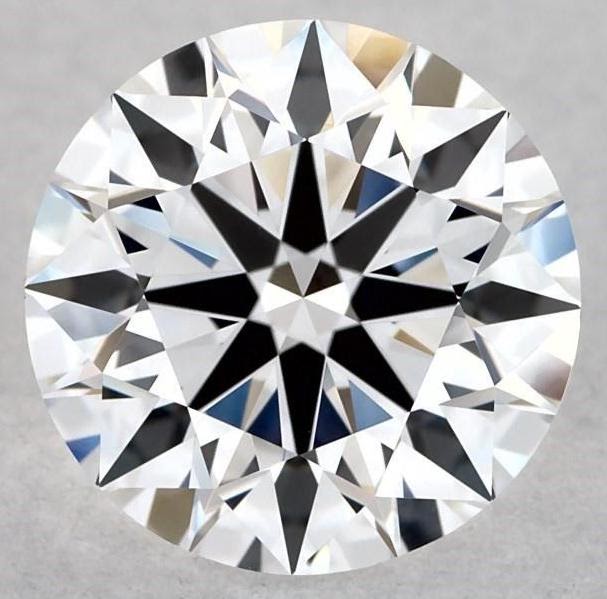Value of Emeralds vs. Diamonds
E1614 | medium | left | play | “Emerald ID: E1614 Weight: 1.32 Carats Origin: Zambia”Generally speaking, if emeralds and diamonds are of equal quality, the emerald will be more expensive. This is not a strict rule by any stretch of the imagination, since in some cases diamonds can be more expensive than emeralds. It is all a matter of quality, which is measured by the 4Cs of color, clarity, cut, and carat weight.
Despite being measured by the same system, there are a number of differences when it comes to how emeralds and diamonds are evaluated.
The most obvious one is color. Emeralds are evaluated on how nice their green color is. Diamonds are evaluated based on their lack of color.
There are multiple differences in how clarity is evaluated. Diamonds are graded at 10x magnification, while emeralds are graded without magnification. An additional difference is their clarity types.
There are three clarity types listed as Type I, Type II, and Type III for colored gemstones. I specify colored gemstones because diamonds have a completely different system for clarity grading.
Colored Gemstone Clarity Types
Type I

Type II

Type III

In the example above, Type I gems are very frequently eye-clean (few, if any, inclusions visible). One example of this is aquamarines. Type II gems typically have visible inclusions, and are a lot harder to find eye-clean. Most gems are Type II, including rubies and sapphires. Type III gems have eye-visible inclusions over 99% of the time. There are extremely few Type III gems that are eye clean and inclusion-free. The ones that are clear receive huge price markups.

Cut has different standards between diamonds and emeralds. Part of a diamonds sparkle comes from how well it is cut, while emeralds do not receive this benefit from their cut. Emeralds (and other colored gems) are instead cut to preserve their weight, while maintaining as ideal a cut as possible. In comparison to diamonds, the cut of colored gems is irregular looking.
The only value that is evaluated the same way between emeralds and diamonds is their carat weight. Carat weight functions as a rarity gauge for all the other factors, and is used to determine the price based on quality.
RarityE206 | medium| right | “Emerald ID: E206 Weight: 2.60 Carats Origin: Zambia”
Rarity is the key factor to pricing any gem. Basic quality differences aside, emeralds are much rarer than diamonds.
Diamonds alone account for half of the entire precious gem industry. This includes emeralds, sapphire, rubies, topaz, tourmalines, moonstones, sunstones, and any other gemstone imaginable. If you walk down 47th through the famed diamond district of New York, most of the gems sitting in the windows are diamond and almost nothing else.
There is one exception to this in diamonds: fancy color diamonds.
Fancy Colored Diamonds




Weight: 18.04 Carats
Origin: Colombia
Sold by Christies for $5.5 million USD
Fancy colored diamonds are any color of diamond that is not colorless or brown. To give an idea of rarity, there are four main types of diamonds; Type IA, IB, IIA, and IIB. 98% of all diamonds are type IA, with colors ranging from colorless to brown or a fancy yellow color due to the presence of nitrogen in the diamond. IB are known for showing the most intense yellow (like the Tiffany Diamond), and brown. IIA are very pure, often clear, and rarely they will show colors like green or red (like the Moussaieff Red). Type IIB are the rarest, and are the only type of diamonds that may show a deep blue color (like the Hope Diamond). Otherwise the diamond will be colorless.
98% of all diamonds will not show colors like red or blue, and very few in the remaining 2% will show colors like green. As for colors that match emerald green, few gems even come close to the way emeralds show green. It is not just the color itself, but how the gem material reflects light too.
With all that being said, diamonds that show any color other than brown are extremely rare and expensive. Colored diamonds hold the record for the most expensive gems ever sold. This includes repeatedly beating out the record of most expensive emerald emerald in the world, an 18 carat, untreated, inclusion free gem named the Rockefeller Emerald at $5.5 million USD.
